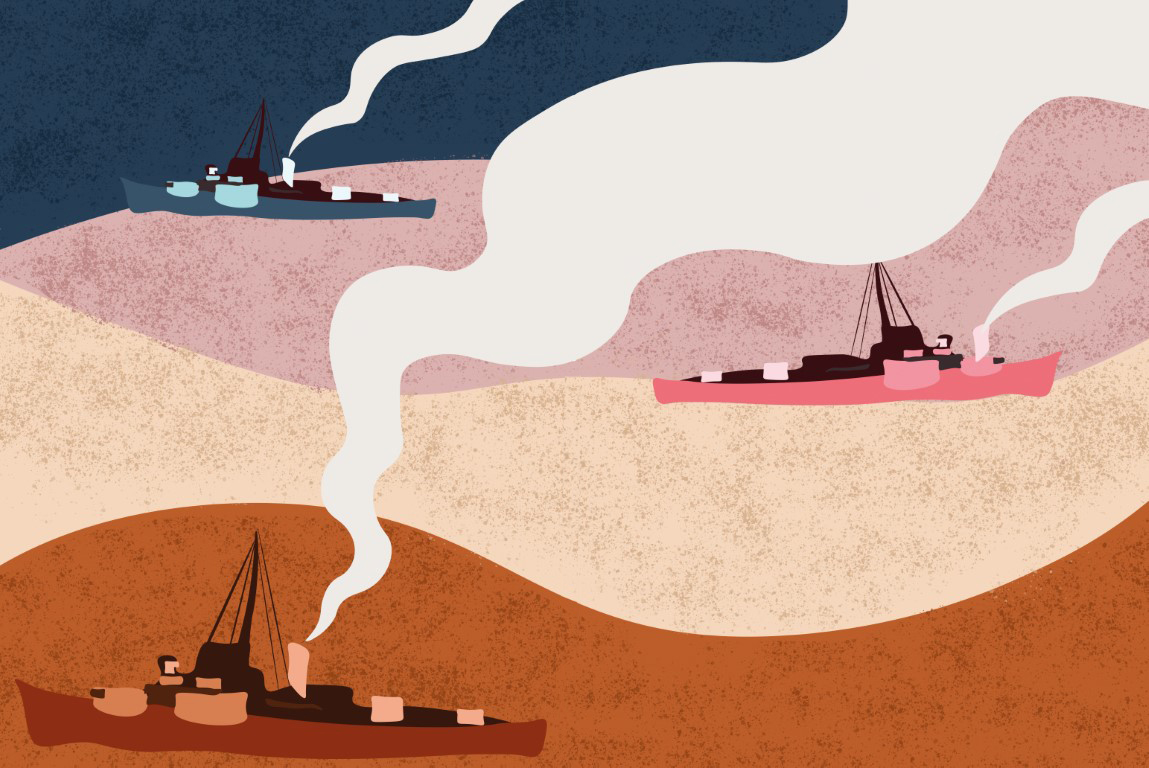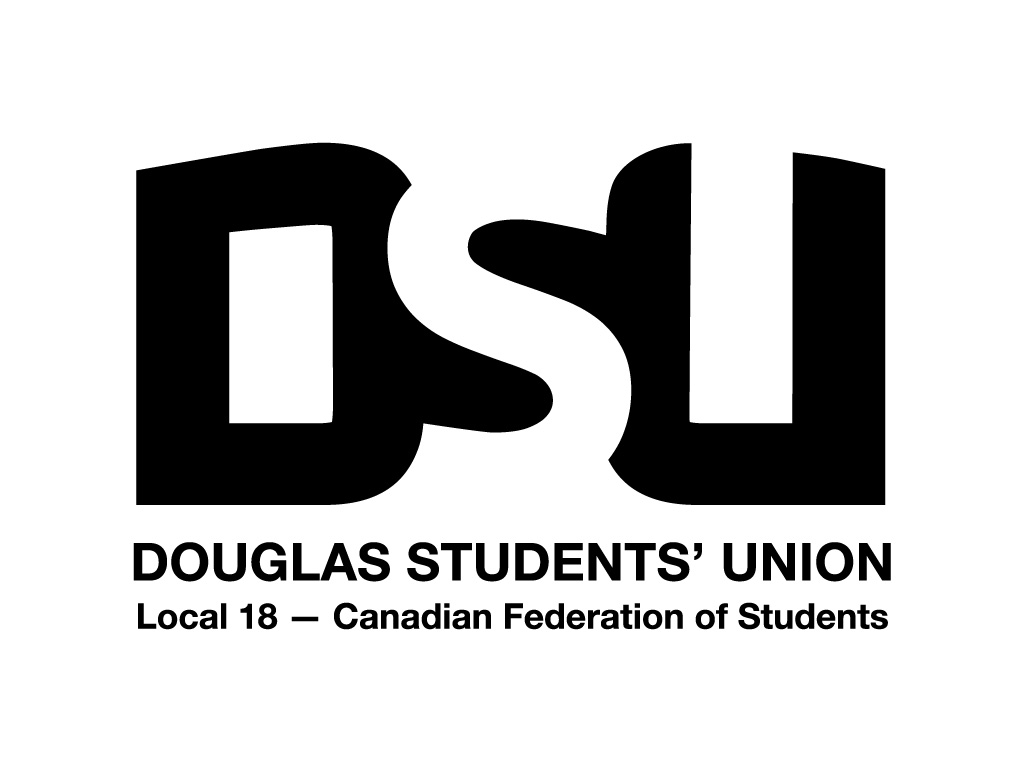
What is the ‘nuclear option’ and why does the Charter stir up serious controversy?
By Janis McMath, Editor-in-Chief
While it was originally claimed by the government that 75 percent of Charter-related court cases were unanimously decided, the study found only 48.8 percent of cases were resolved with such unified agreement on the interpretation of the Charter.
While every local tourist gift shop deems the beaver, the moose, or some other majestic wild animal as Canada’s symbol, a Statistics Canada found that our country’s citizens actually view the Canadian Charter of Rights and Freedoms as the most significant of all Canadian icons… even more than hockey! Yet another poll—taken by SES Research for Policy Options—found that of those who knew what the Charter is, there were 58.2 percent who thought the Charter was leading the country in the right direction, while 26 percent saw it moving Canada in the wrong direction (some respondents were unsure). So, why is this document simultaneously highly controversial and also seen as one of the country’s most revered symbols? And how has the Canadian Charter been used to protect the rights of the individual?
A RUNDOWN ON OUR RIGHTS
Two of the main goals of the Charter include protecting the individual from the government, and protecting “minorities against parliamentary majorities.” Since the time of its creation the Charter has created waves within Canadian society—with specifically large impacts on the rights of the incarcerated, minorities, and those going through a criminal investigation.As a part of the larger Constitution Act, 1982, the Charter of Rights and Freedoms deals with seven specific rights as the Government of Canada’s website points out: fundamental freedoms, democratic rights, mobility rights, legal rights, equality rights, official language rights, and minority language educational rights.
Examples of fundamental freedoms include freedom of religion, thought, opinion, expression, peaceful assembly, association, and freedom of the press. Democratic rights involve voting and all things related to voting; mobility rights concern the right to travel; legal rights include points like the right to not be unreasonably searched or imprisoned; equality rights dictate that all people are afforded equal protection and benefit of the law without discrimination of their identity; language rights, for example, include the right to be educated or assisted one own’s language.
In terms of democratic and legal rights, the Charter offered huge improvements for the incarcerated: phone wiretaps rules were made stricter, it was emphasized that defendants should be presumed innocent, and it was made so those accused of a crime were obligated all relevant information on their case in the interest of making their trial as fair as possible.
HISTORIC EVENTS ALWAYS FEATURE BETRAYAL
The Charter of Rights and Freedoms was not put into place until the 1980s. To be clear, Canada already had the 1960 Canadian Bill of Rights which included many of the same points the Charter does. Some of the differences between the two rights documents include the fact that the Canadian Bill of Rights only applied to federal laws and had no influence on provincial ones, the document was not a part of the constitution (so it was less permanent), and the 1960 bill was seen by many as a guideline rather than strict rules to adhere to. The Canadian Bill of Rights did break many of the boundaries at the time with the help of Progressive Conservative Prime Minister John Diefenbaker pushing it through. He started bringing attention to the importance of the protection of human rights when he was an MP in 1940. French Canadians, Indigenous peoples, Métis, and European immigrants specifically needed protection from discrimination according to Diefenbaker. (His Progressive Conservative Party also gave the right to vote to Indigenous people—getting rid of the previous prerequisite of forcing Indigenous people to give up their Indian status in order to qualify to vote.) This bill, however, was still in Britain’s hands.
When Canada first put the Constitution Act, 1982 into place, it also was the first time the country gained full independence from Britain. Before the act was sworn in, Canada had all the makings of an independent nation—aside from control over its constitution While the idea of Canada’s own constitution had been floating around persistently for years, it was officially created during Pierre Trudeau’s time as PM. He and his team had pushed for the constitution—and with it, they promised the Charter of Rights and Freedoms. Trudeau won the favour of the public, but the many skeptics voiced their long list of concerns. Would it override the rights of province to make their own laws? Would the vague language allow too much room for interpretation? The bill was not put into place without opposition from multiple provincial leaders; in fact, there was so much opposition that Quebec, Alberta, Manitoba, Prince Edward Island, Newfoundland, and British Columbia organized a group of leaders called The Gang of Eight (lead by Quebec Premier René Lévesque) to ensure their concerns were properly addressed.
The values of the provincial leaders were scattered all over the spectrum, so coming to an agreement was an arduous process. Many drafts warranted many complaints until the “kitchen accord”: a semi-secret and unofficial dealing. As Trudeau’s justice minister, Jean Chrétien made significant compromises in trying to seal the deal—and specifically committed to the notwithstanding (meaning “in spite of”) clause during the kitchen accord. Finally, the debate was coming to an end. Quebec Premier René Lévesque was widely known for his opposition to the proposed constitution—and because of this was purposefully not consulted on the final draft (while many other premiers were). Lévesque was enraged by this, stating that he was clearly plotted against.
The emotion exhibited by Lévesque is often mirrored by the Quebec separatist movement, as they often use the Quebec PM’s experience as a justification for their desire for provincial independence. The event is known as by Quebec separatists as the “night of the long knives.” However, the Constitution Act, 1982 did not need every single provincial leader’s signature—so the act went through unsigned by Quebec, and still has not been officially endorsed by Quebec (though they obviously must abide by it). (Through it is important to note that a Montreal-based Centre for Research and Information on Canada study from 2002 found that the Charter was viewed well in all provinces—with the highest approval rating [91 percent] for the laws coming out of Quebec.)
THE “NUCLEAR OPTION” AND OTHER ISSUES
While the poll for Policy Options mentions that the majority of Canadians—especially the 18 to 29 age group—are pleased with the Charter and believe it achieves many of the goals it sets out, there are some who feel the Charter has its fair share of issues. For example, the highly controversial notwithstanding clause. The clause (also known as Section 33) allows “federal, provincial, or territorial governments” to ignore specific Charter rights (and these bypasses are subject to renewal after five years). Essential to consider is the fact that the Policy Options poll found that nearly half of Canadians were not aware of the notwithstanding clause.
The notwithstanding clause (the “nuclear option”) has been used to impede the freedom of religion. While this “override” clause has never been used by the federal government, in 2019, Quebec enacted Section 33 after banning the wearing of religious garments by public service employees (e.g. teachers). This law would have been challenged with the Charter, but the notwithstanding clause prevented such an action—and this sparked many protests. Section 33 also allowed Ralph Klein’s Progressive Conservative government to rule against gay marriage in Alberta (although the federal government later overrode that decision).
The Charter faces criticism also critiqued for offering such vague language. This criticism has been the driving force for the study “The Charter in the Supreme Court of Canada: The Importance of Which Judges Hear an Appeal” which investigated if judges have the tendency to rule inconsistently in court cases concerning the Charter. While it was originally claimed by the government that 75 percent of Charter-related court cases were unanimously decided, the study found that in reality, only 48.8 percent of cases were resolved with such unified agreement on the interpretation of the Charter.
Furthermore, the study emphasizes that some judges are seen as social justice warriors that use this Charter law to push through policy change undemocratically. While the Charter cases have brought about positive changes to the law—like the amendment to gay marriage—there are still many questions around the problems that can arise from allowing judges so much power through the room for interpretation. The vagueness allows judges to bypass elected bodies like Parliament and the legislatures when making such large modifications through the law.
Other notable criticisms target the fact that it gives too many rights to criminals (e.g., the right to vote), the rights given to the incarcerated made the justice system slower and added great expenses, and that Canadians are “losing rights to the rule of minority groups” according to the previously mentioned Policy Options poll.
USING THE CHARTER TO CHALLENGE THE STATE
The Charter is constantly referenced in court, and there are many significant cases that have completely changed Canadian law through the use of the document.
Should Sikhs be able to carry a religious symbol that looks like a dagger? When a young Sikh boy named Gurbaj Singh Multani carried his kirpan to school, he was met with punishment from his educators because of the sharp object. The ruling in the case solidified the definition of freedom of religion. On the opposite end of the religious freedom spectrum, a corner store was fined in 1985 for being open on Sundays and not observing the Christian “day of rest.” The owner of the business won the case as the Supreme Court ruled that the punishment unfairly enforced the store owner to follow one specific religion. And who could forget M v H: the 1999 case that removed discrimination against same-sex couples in the law (and similarly the pro-choice abortion laws passed in R v Morgentaler).
Our Charter also comes with specific exemptions, and some significant cases have highlighted that. In the case of R v Kapp, John Kapp and a group of commercial fishers looked to challenge the government for enforcing rules that only allowed native fishers access to specific areas at certain times. The defendant stated that by pushing out those that were not indigenous from fishing, the government was discriminating against the fishers on the basis of their race. Yet the Charter already outlines the nuance considered in this case; the Supreme Court reasoned that because Indigenous people are historically discriminated against, helpful programs created in their favour furthers an inclusive, equal, and just society.
The Charter continues to change as Canadian society and values change; seeing how the Charter has been modified twice since its 1982 enactment, it will likely see many more alterations in the future. It seems that the public’s knowledge about the controversial parts of the bill could be improved—and seeing how the younger generation is paying it special attention, perhaps there will be more outcry for reform the parts that are heavily criticized. However, the public could also find itself more aligned with the Charter’s values as time passes. Guesses about the future aside, places around the world like South Africa and New Zealand have looked to the Charter of Rights and Freedoms as a defining standard for rights. Even with all critiques considered Canadians should still appreciate the value of the freedoms granted in our Charter.

